
Where We Be
| I've got Robin in the palm of my hand! |
| Salinas Grandes, Argentina |
| Robzilla! |
| Fun with perspective on the salt flats |
| The salt forms hexagons on the ground |
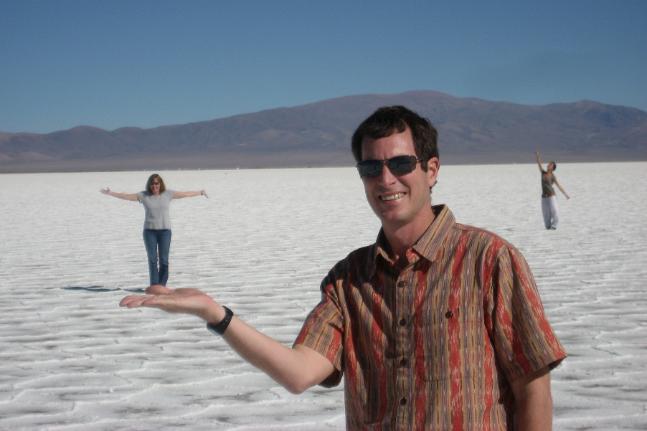
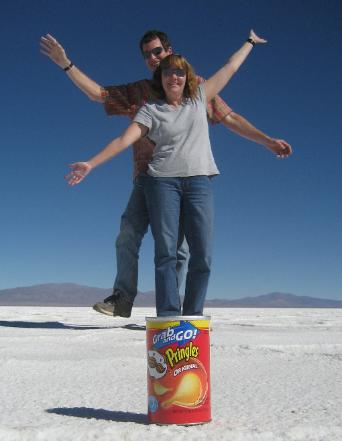
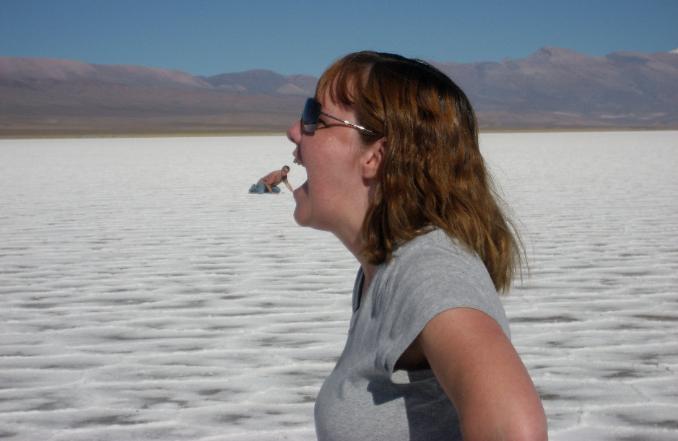
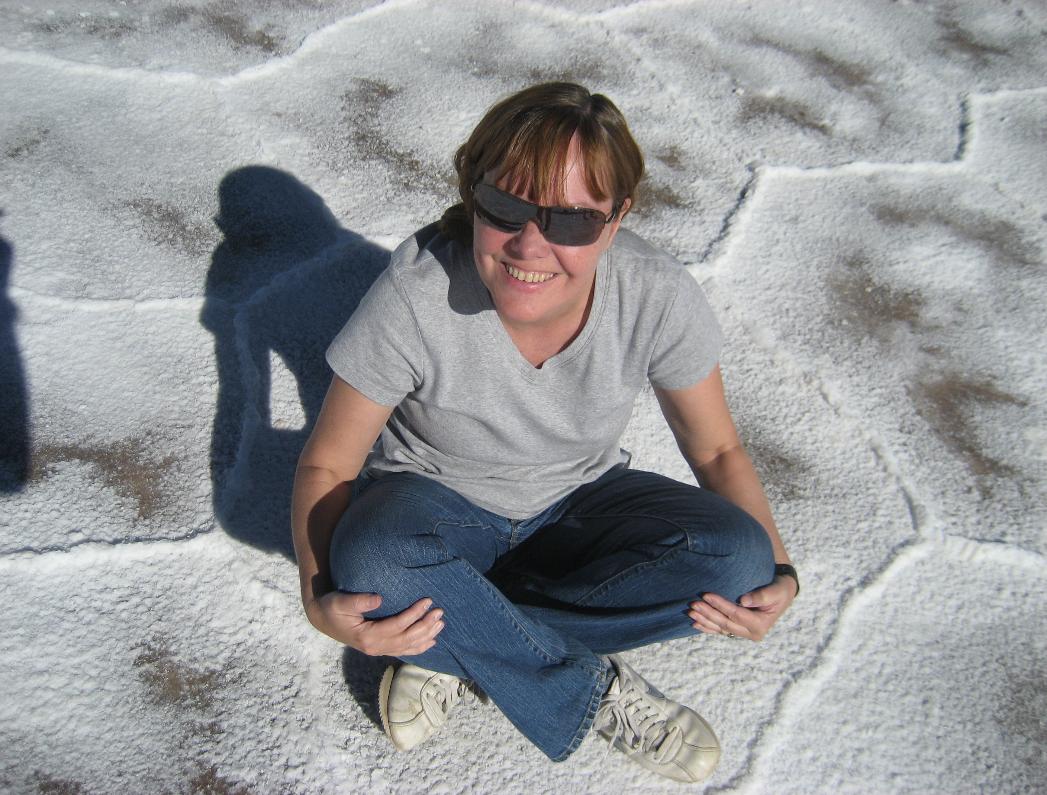
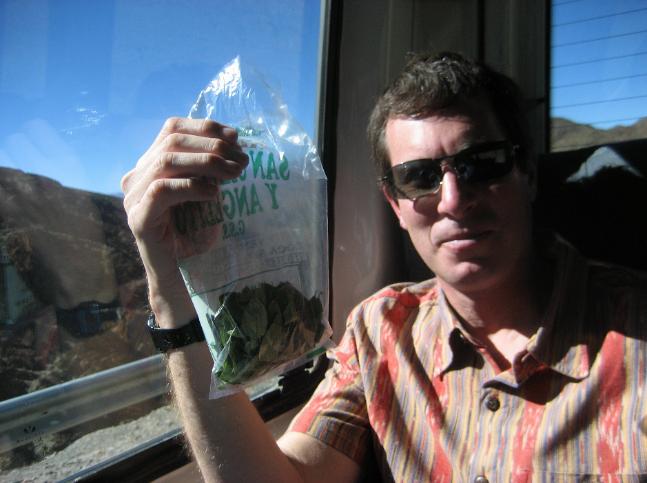
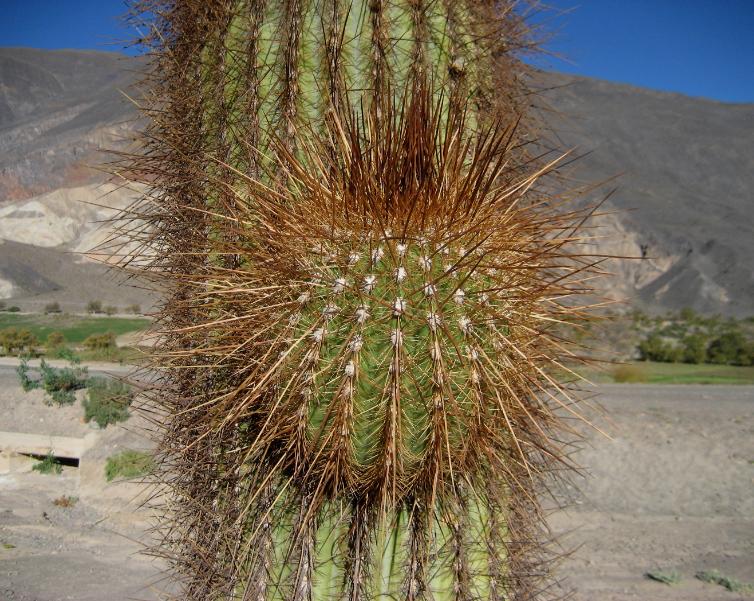
| Cardón cactus up close |
| Our stash of coca leaves for our high-altitude day on the High Plains of Argentina |
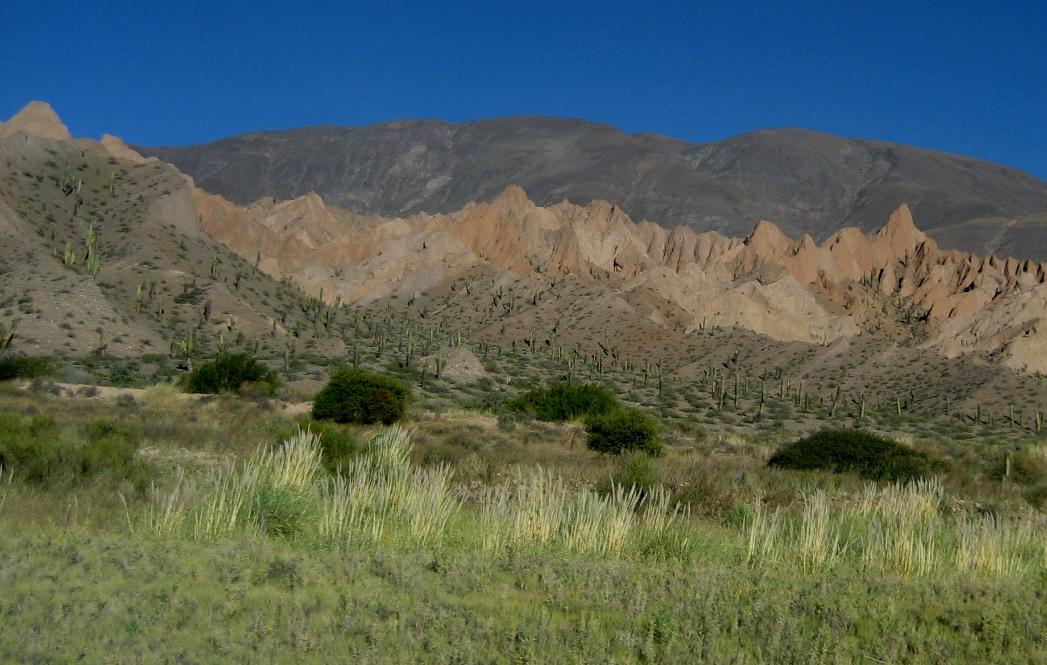
| Cardón cacti, similar to saguaro cacti in the southwestern U.S., dot the altiplano (high plain) |
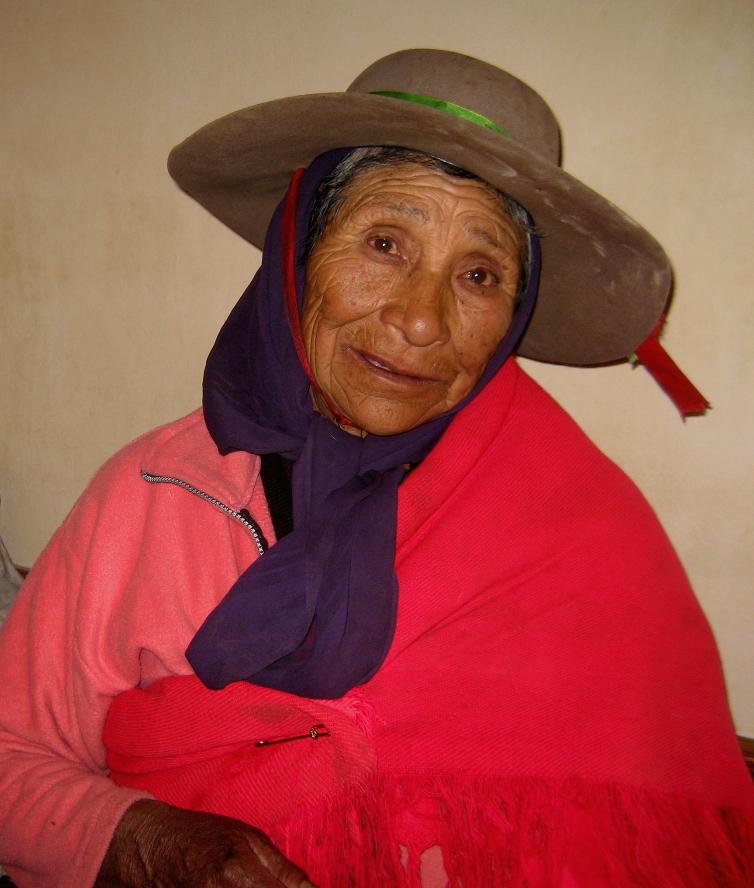
| We bought trinkets from this photogenic woman in San Antonio de los Cobres |

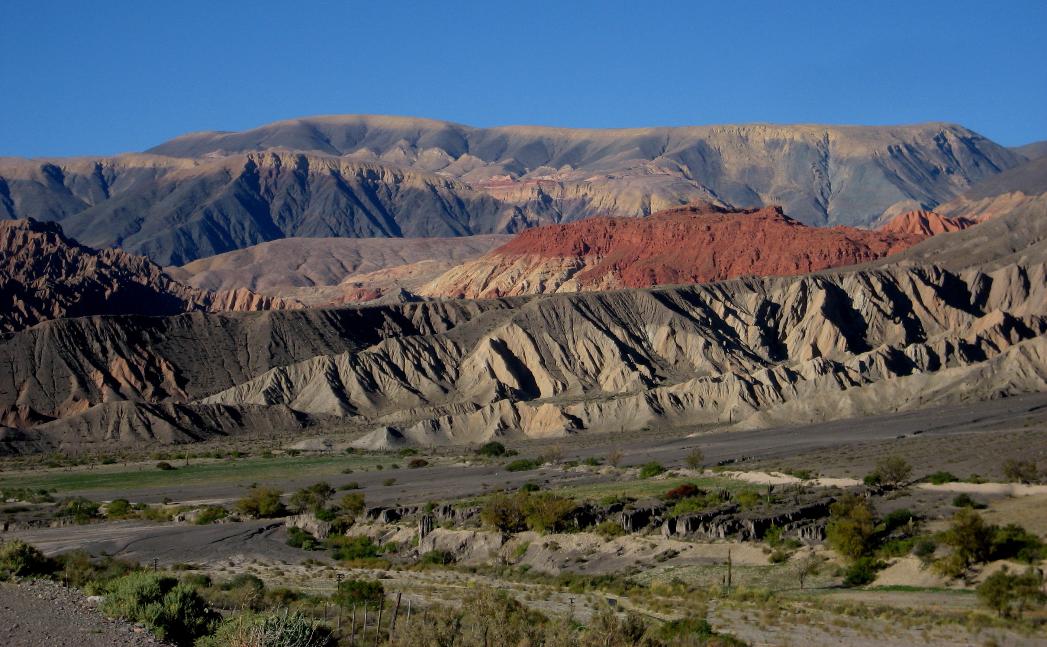
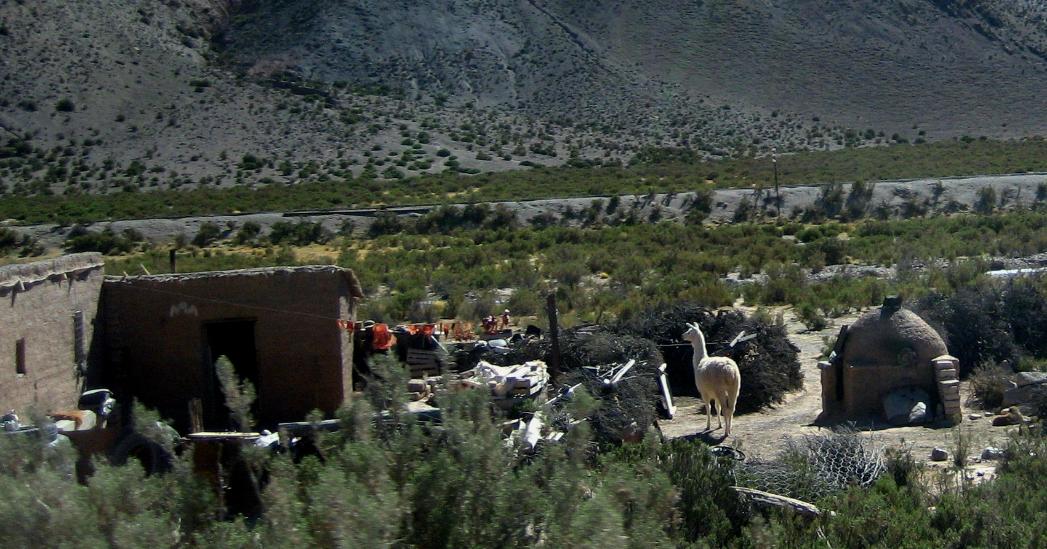
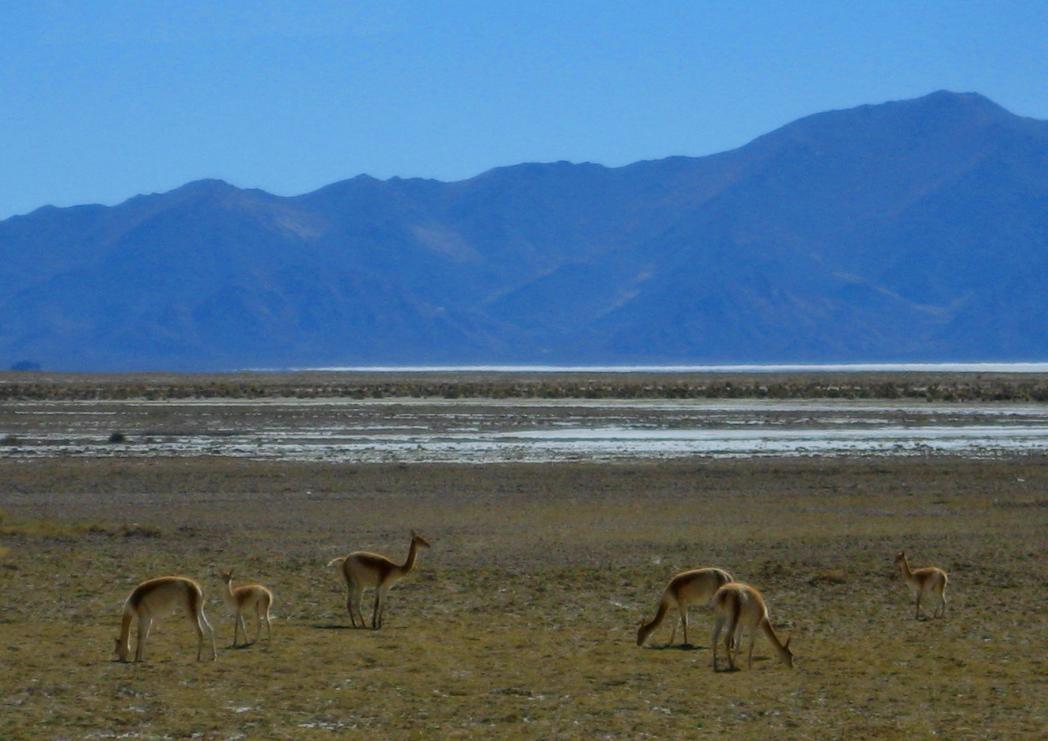
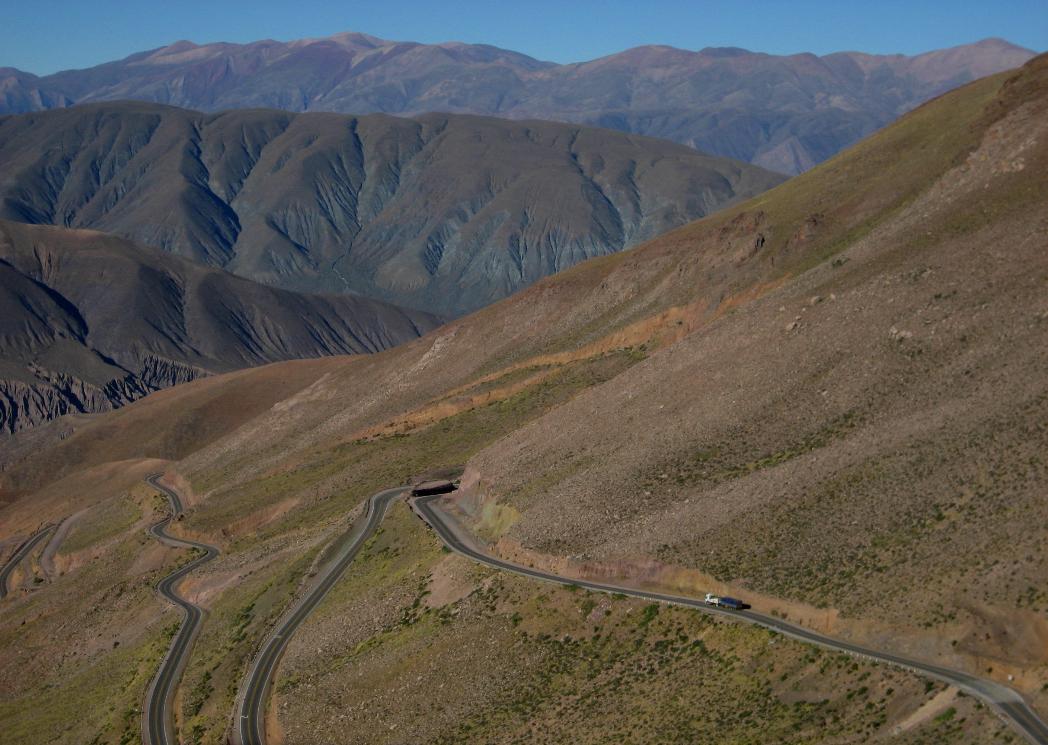
| Standing on a train trestle used by the "Train to the Clouds" |
| Zigzag road to Purmamarca, viewed from the high point of our trip at 4,170 meters (13,760 feet) |
| Vicuna graze on the seemingly endless high plains along a bumpy stretch of famous Ruta 40 |
| Traditional adobe homestead on the High Plains, complete with llama and rounded baking oven |
| Brilliant red rocks poke up from origami hillsides |
Since the famed “Train to the Clouds” isn’t running
these days, the closest you can get to duplicating
the experience is a tour by van following the same
route by road. The tour continues on to sights the
train ride doesn’t include, the most notable of
which is the Salinas Grandes salt flats. It makes for
a long day (12 hours) but is quite affordable.
There was more green (copper) in the rocks than
we're used to seeing, but other than that, much of
the scenery could have been right out of Utah or
Arizona. When we reached the salt flats, we found
ourselves surrounded by "snow" in all directions.
The salt forms in hexagons over the ground. As
you can see, it's a great place to take pictures that
play with perspective.
During our long day, we saw llama, guanaco, and
vicuna. We learned vicuna are protected; they can
only be captured once every two years and then
only a small amount of wool can be shorn off
before they must be released to the wild again
unharmed. For this reason, vicuna wool is
extremely expensive.
these days, the closest you can get to duplicating
the experience is a tour by van following the same
route by road. The tour continues on to sights the
train ride doesn’t include, the most notable of
which is the Salinas Grandes salt flats. It makes for
a long day (12 hours) but is quite affordable.
There was more green (copper) in the rocks than
we're used to seeing, but other than that, much of
the scenery could have been right out of Utah or
Arizona. When we reached the salt flats, we found
ourselves surrounded by "snow" in all directions.
The salt forms in hexagons over the ground. As
you can see, it's a great place to take pictures that
play with perspective.
During our long day, we saw llama, guanaco, and
vicuna. We learned vicuna are protected; they can
only be captured once every two years and then
only a small amount of wool can be shorn off
before they must be released to the wild again
unharmed. For this reason, vicuna wool is
extremely expensive.
Before leaving Salta, our van stopped at a kiosk
for coca leaves (5 pesos for a small bag). This was
our first time seeing coca leaves since hiking the
Inca Trail in Peru in 2004, and just opening the bag
and smelling the leaves reminded us of our time
there. Coca leaves aren't that common in most
parts of Argentina, but in the north, where there is
a strong Quechuan influence and the border with
Bolivia is close at hand, the government turns a
blind eye to the sale and use of the leaves since
they are historically such a big part of the culture
here.
As our van climbed in altitude, we pulled off the
stems, folded four or five leaves into a wad (the
locals make a much bigger wad), and put the wad
between cheek and gums. The coca leaves are
slightly numbing and, as your saliva works on
them, they give off tannins and taste a bit like tea.
They are stimulants that are said to help with
altitude sickness and fatigue.
Of course, the coca leaves are the raw materials
for cocaine (a much more concentrated form), but
in their natural state they are only a mild stimulant.
Still, don't cross the border into Chile with them,
where they are illegal.
for coca leaves (5 pesos for a small bag). This was
our first time seeing coca leaves since hiking the
Inca Trail in Peru in 2004, and just opening the bag
and smelling the leaves reminded us of our time
there. Coca leaves aren't that common in most
parts of Argentina, but in the north, where there is
a strong Quechuan influence and the border with
Bolivia is close at hand, the government turns a
blind eye to the sale and use of the leaves since
they are historically such a big part of the culture
here.
As our van climbed in altitude, we pulled off the
stems, folded four or five leaves into a wad (the
locals make a much bigger wad), and put the wad
between cheek and gums. The coca leaves are
slightly numbing and, as your saliva works on
them, they give off tannins and taste a bit like tea.
They are stimulants that are said to help with
altitude sickness and fatigue.
Of course, the coca leaves are the raw materials
for cocaine (a much more concentrated form), but
in their natural state they are only a mild stimulant.
Still, don't cross the border into Chile with them,
where they are illegal.
| Coca Leaves |